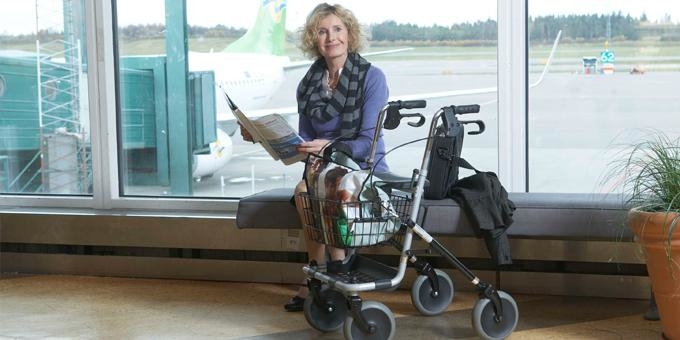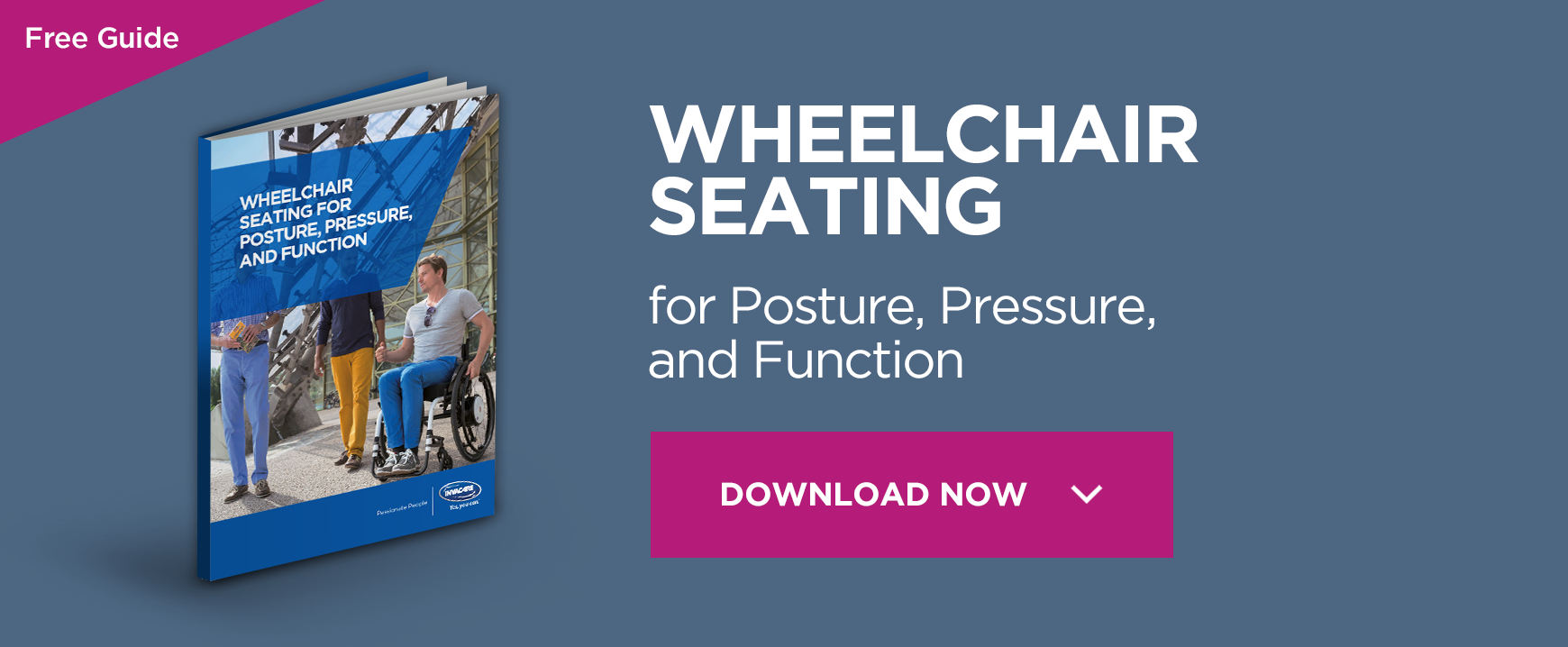What are mobility walkers and why do they help reduce falls?

Mobility walkers include standard walking frames with fixed stoppers, through to fully wheeled rollators. There is a large range available, with a variety of features to reduce falls depending on how and where they will be used.
Mobility walkers with stoppers offer the most support, but those with wheels may be easier to move and are better suited to outdoors. The width of the frame affects how stable it is, but also how easy it is to manoeuvre indoors. Some offer brakes, seats or storage bags, and some models fold down for storage or transportation.
Your mobility walker should be selected based on how much support you need and how you will use it, though all share some key features that can increase balance and prevent falls.
Increasing your base of support
Maintaining your balance depends on your ability to keep your body in the middle of your base of support, which is the point at which you have contact with the floor. Your feet alone give a narrow base, with only two points of contact directly below you. Mobility walkers increase your base of support to an additional four points across a wider surface area, providing much more stability.
Having a wider base of support is often the most important means of reducing falls. All mobility walkers offer a wider base of support, though the number of points contacting the floor and the difference between wheels and stoppers will influence how stable this is.
Maintaining good posture
Many people with walking difficulties develop stooped postures. This can exacerbate balance problems by shifting your centre of balance forwards, increasing the risk of falling forwards.
Mobility walkers at the correct height, offer support though your arms to maintain a more upright posture. This can reduce falls and prevent other mobility problems, such as back pain and long-term postural changes.
Reducing the need to shuffle
For those with balance problems or difficulty shifting your weight to either side, it is common to develop a shuffled gait to compensate. This slows walking and makes it easier to catch your feet or trip on things.
If selected and used correctly, mobility walkers give additional support to allow a more normal pattern of walking, with better floor clearance, speed and stride length.
Distributing weight and protecting joints
Mobility walkers take some of your weight through your arms and distribute your weight over a wider surface area. This reduces the stress placed on your hips and knees. Better weight distribution not only makes walking more comfortable, but also offers some joint protection for those with joint conditions.
For those who fatigue easily, this wider weight distribution also gives general benefits to how far you can walk. Mobility walkers that offer a seat also provide an instant opportunity to rest when needed.
Providing confidence
Even mild walking difficulties or fear of falling can lead to loss of confidence, which may result in doing less and can actually exacerbate walking difficulties. The support and stability provided by mobility walkers reduces the risk of falling, allows you to walk further and offers a means of maintaining a high level of independence.
Just as we all reach out for a hand or a railing over tricky terrain, mobility walkers can give the support and confidence to carry on even if you are experiencing some difficulty.
There are some risks associated with inappropriate use of mobility walkers, so always seek professional advice on the correct choice and read the manual, including how to use it safely.
Author: Clare Schwalbe








